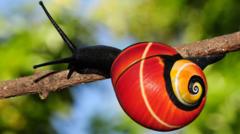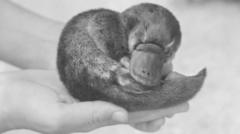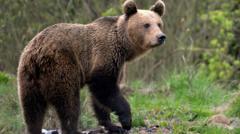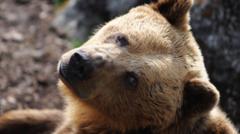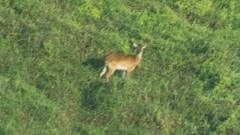In a groundbreaking assessment, scientists have identified three new giraffe species, bringing the total to four. This revelation, based on genetic differences and geographic separation, is crucial for informing future conservation measures for these African giants.
Scientists Recognize Four Distinct Giraffe Species, Paving the Way for Better Conservation Efforts

Scientists Recognize Four Distinct Giraffe Species, Paving the Way for Better Conservation Efforts
Research reveals three additional giraffe species, enhancing understanding of their diversity and informing conservation strategies.
Researchers from the International Union for Conservation of Nature (IUCN) have recently classified giraffes into four distinct species, a significant evolution in the understanding of these iconic animals long perceived as a single species. The findings, based on anatomical and genetic assessments, mark an important moment in giraffe conservation efforts.
Historically thought to consist of just one species, this new classification recognizes the Southern giraffe, Reticulated giraffe, Northern giraffe, and Masai giraffe as separate entities, each adapted to their unique habitats across Africa. The research team analyzed skull sizes and head shapes, discovering notable genetic diversity that warrants recognition of these distinct species.
The Southern giraffe roams the southern regions of Africa, including areas in South Africa, Namibia, and Zambia. Geographic barriers such as the Kunene and Zambezi rivers contributed to its separation from other species. The Reticulated giraffe, found in the savannas of Kenya and surrounding areas, exhibits migratory behavior, which complicates its interactions with neighboring species.
Further north, the Northern giraffe resides in regions including Uganda and South Sudan, isolated from neighboring giraffes by the Nile River and Lake Victoria. Finally, the Masai giraffe, recognized for its striking leaf-patterned coat, also thrives in Kenya and Tanzania, though genetic analysis shows it shares distinctive traits that separate it from the Northern giraffe.
With these classifications, the IUCN is poised to reassess the vulnerability statuses of these four giraffe species, highlighting the necessity for nuanced conservation strategies. Co-author Michael Brown emphasizes the importance of understanding giraffe taxonomy to develop effective conservation actions and protect the future of these majestic creatures. The knowledge gained will inform efforts to manage giraffe populations and enhance biodiversity preservation in their ecosystems.



